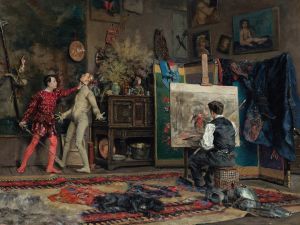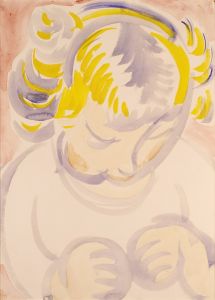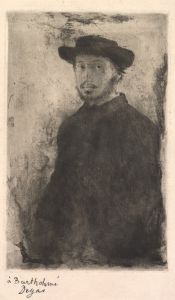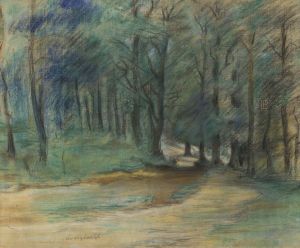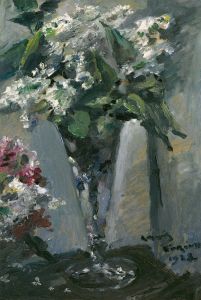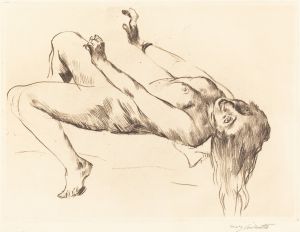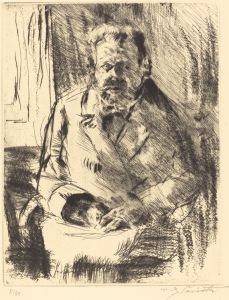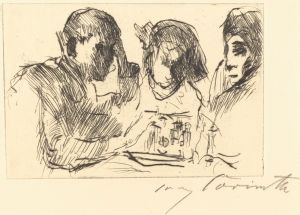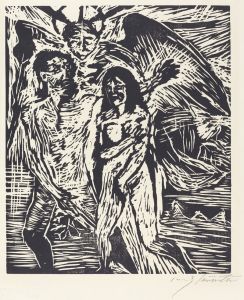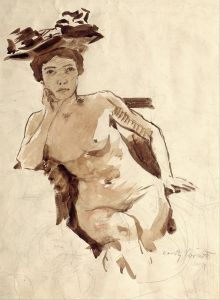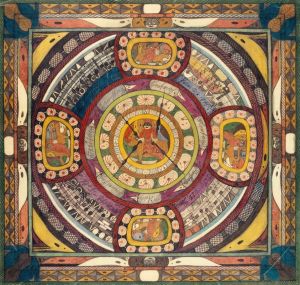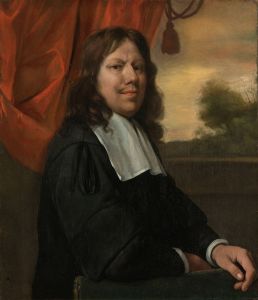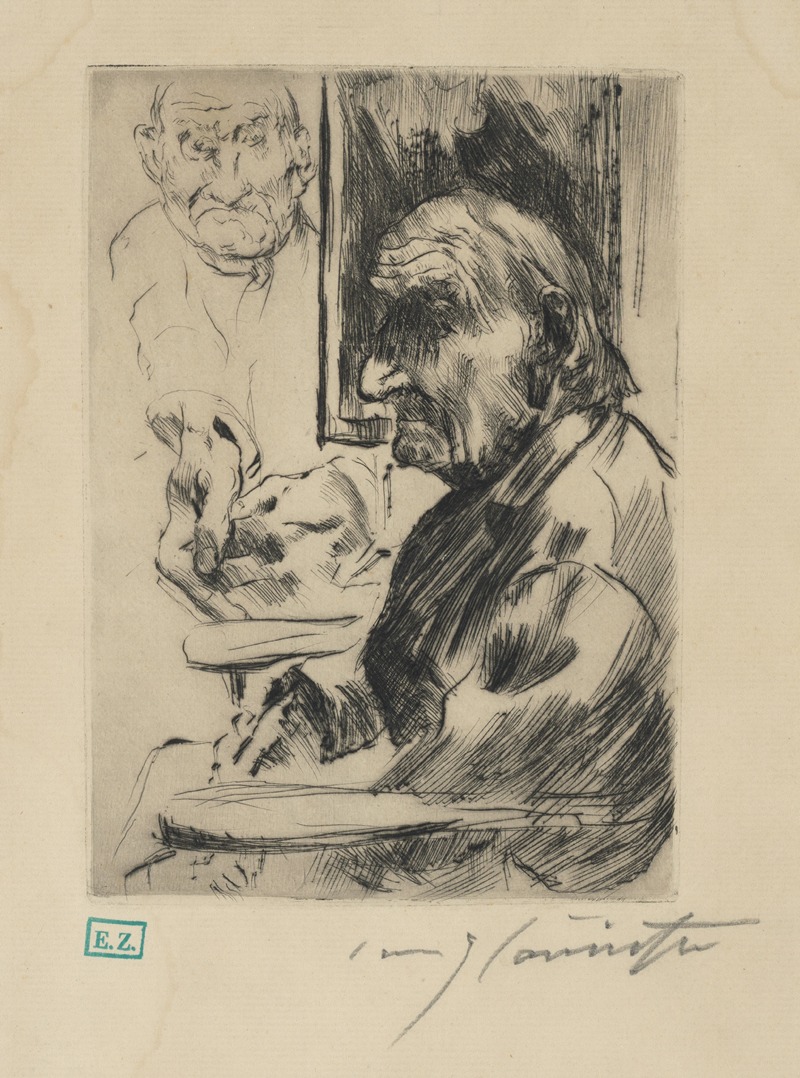
Self-Portrait
A hand-painted replica of Lovis Corinth’s masterpiece Self-Portrait, meticulously crafted by professional artists to capture the true essence of the original. Each piece is created with museum-quality canvas and rare mineral pigments, carefully painted by experienced artists with delicate brushstrokes and rich, layered colors to perfectly recreate the texture of the original artwork. Unlike machine-printed reproductions, this hand-painted version brings the painting to life, infused with the artist’s emotions and skill in every stroke. Whether for personal collection or home decoration, it instantly elevates the artistic atmosphere of any space.
Lovis Corinth (1858-1925) was a German painter and printmaker whose work spans the transition from late Impressionism to Expressionism. One of his notable works is his "Self-Portrait," which he created in 1923. This painting is a significant piece in Corinth's oeuvre, reflecting his personal and artistic journey, especially considering the challenges he faced later in life.
In 1911, Corinth suffered a stroke that left him partially paralyzed on his left side. Despite this setback, he continued to paint, adapting his technique to accommodate his physical limitations. His later works, including his self-portraits, often exhibit a raw, expressive quality that conveys both his resilience and the emotional depth of his experiences.
The "Self-Portrait" of 1923 is particularly poignant as it was created just two years before his death. In this painting, Corinth presents himself with a direct and intense gaze, capturing the viewer's attention. His face is rendered with bold, vigorous brushstrokes, emphasizing the texture and vitality of his skin. The background is relatively simple, ensuring that the focus remains on the artist's visage.
Corinth's self-portraits are known for their psychological depth, and this piece is no exception. The painting reflects a man who has endured significant hardship but remains defiant and determined. The intensity of his expression suggests a deep introspection and a confrontation with his own mortality. This self-portrait is not just a representation of his physical appearance but also a window into his inner life and struggles.
The color palette of the painting is dominated by earthy tones, with shades of brown, ochre, and muted greens. These colors contribute to the somber and reflective mood of the piece. The use of light and shadow is masterful, highlighting the contours of Corinth's face and adding to the three-dimensional quality of the portrait.
Corinth's technique in this self-portrait is characterized by loose, expressive brushwork, which was a hallmark of his later style. This approach allows for a dynamic and energetic depiction, capturing the essence of the artist rather than a photographic likeness. The texture of the paint adds to the overall impact of the portrait, giving it a tactile quality that invites closer inspection.
This self-portrait is housed in the Nationalgalerie in Berlin, Germany, where it is part of a larger collection of Corinth's works. It stands as a testament to his enduring spirit and his ability to convey profound emotion through his art. Lovis Corinth's "Self-Portrait" of 1923 remains an important work in the history of German art, offering insight into the life and mind of one of the country's most significant artists of the early 20th century.






